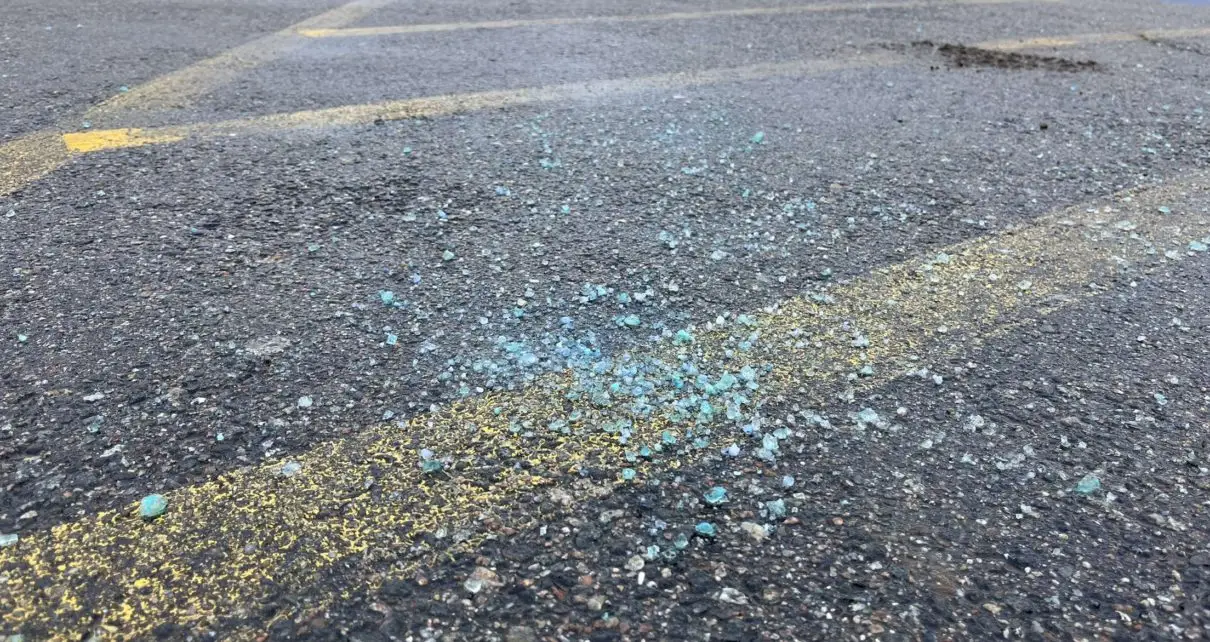Salt and sand are effective ways to mitigate injury on walkways and roads while traveling on campus grounds. It works by melting the ice and providing a better grip for shoes and tires. However, too much salt can impact native vegetation growth and aquatic ecosystems drastically.
Undergraduate research was conducted by graduating seniors Kylie Russo (24’) and Kathryn McCoy (24’) from January to March 2024 regarding chloride concentrations in bodies of water surrounding the Southern New Hampshire University campus. The hope of this research is to ensure salting is done proactively to ensure the safety of faculty and students while keeping in mind the effects it can have on the environment, including wood frogs.
The New Hampshire Department of Environmental Services (NHDES) classifies any waterbody that has a salt concentration of over 230 mg/L as unsafe for aquatic life. To test salt use in the area, Russo (24’) and McCoy (24’) tested salt concentrations for water in locations both on and off campus. The first was at Dorr’s Pond in three locations, the East and West side of the pond, and the drainage end. On campus, the water was tested in the Arboretum and in front of the Green Center.
The best way to test levels of salt in water is to test its conductivity. Salt can conduct electric charges, by sending an electric current through the salt. The conductivity of samples can be analyzed to show how high the concentration of salt is in the water.
Russo and McCoy took samples in all the locations once a week throughout the study.
The highest level measured on campus was on March 1 at the drainage location in front of the Green Center with a salt concentration of 2366 mg/L. This is 100 times more toxic than the NHDES recommended levels. Not only do these high levels of chloride impact aquatic ecosystems and native vegetation, but it can have drastic effects on wood frog populations due to the hindrance of their osmoregulatory systems.
Russo and McCoy are presenting to facilities on Friday, April 19 at 1:30 p.m. to bring light to these toxic levels of salt on campus for proper salting of paved surfaces next winter.




